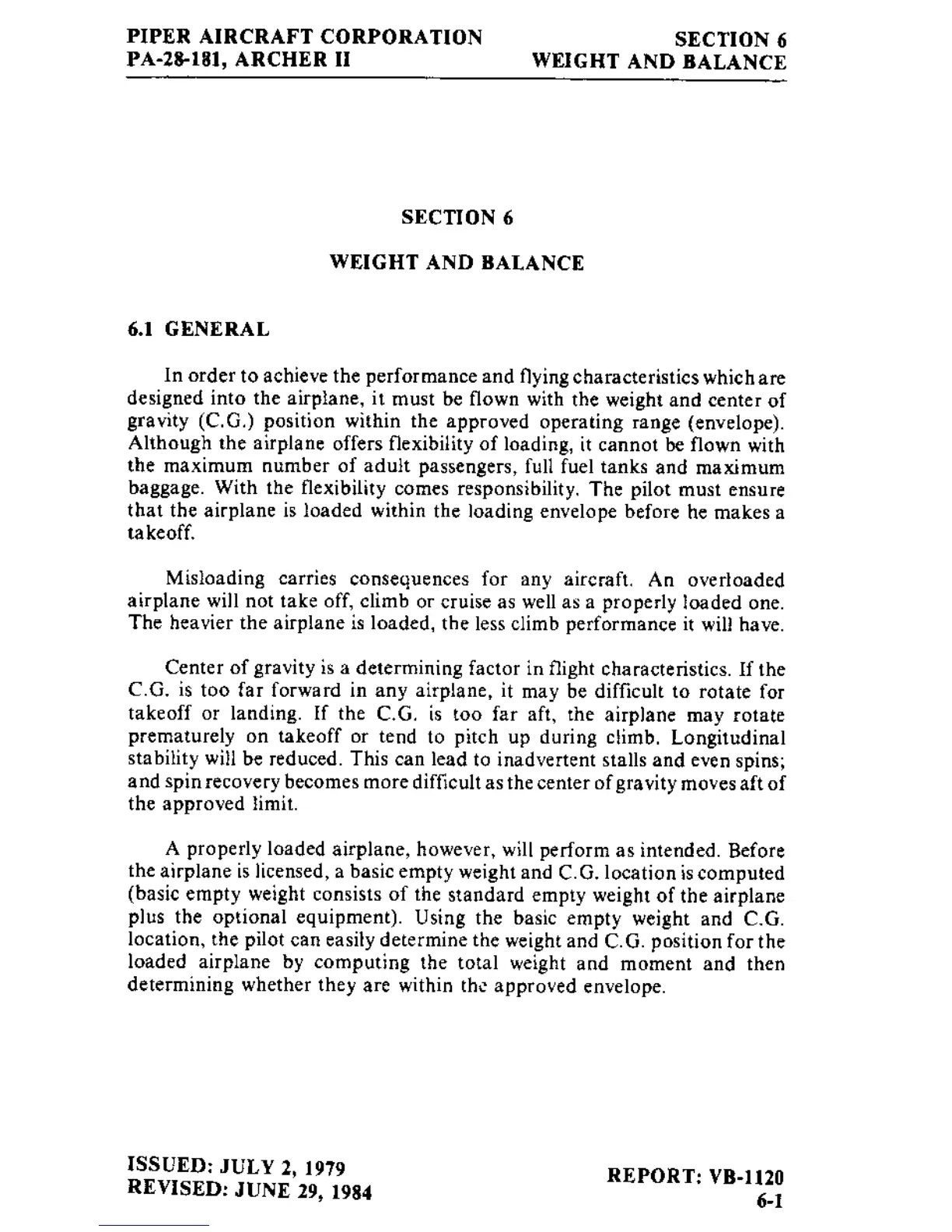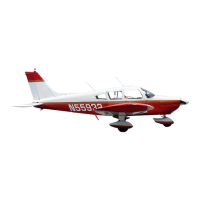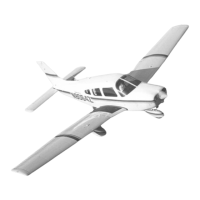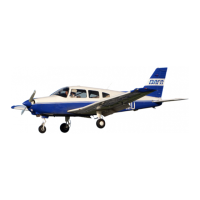PIPER
AIRCRAFT CORPORATION
PA-2&rEt, ARCHER n
SECTION
6
Wf,IGHT
AND BALANCE
Sf,CTION
5
WEIGHT
AND BALANCE
6.T GENERAL
ln order
to achieve the
performance
and
nying c haracre risrics
whic h are
designed into the airplane, it
must be flown with
rhe w€ight and cent€r
of
gravity
(C.G.) position
wnhin th€ approved
operating range
(envelope).
Although the airplane
offers flexibility of loading,
ir cannot be flown
with
the maximum number oI adult
passengers,
full fuel tanks
ard maximum
baggage. With the fl€xibilily
com€s responsibility.
The
pilor
musr ensure
that th€ airplane is load€d within
the loading envelop€ before
h€ makes a
takeofl
Misloading carries
consequences for äny aircrafr.
An overloaded
airplane will not lake ofl climb
or cruise as well as a
prop€rly
loaded one.
The heavier the airplane is loaded.
tbe less climb
performance
ir
will have.
Center ofgravity is a
determining factor in flight
chara€rerisrics. If ihe
C.C. is
too far forward in any airplane, it
may be difficulr ro rotate
for
takeoff or landing. If the
C.G. is too far afl, lhe
airplane may rolare
premarurely
on takeoff or tend
to
pitch
up during clinb.
Longitudinal
stability wilt
b€ reduced. This can lead
to inadv€rtent sralls and even
spins;
and
spinrecov€ry
becomes more
difficult as the center ofgravity
moves aft of
th€ approved limil.
A
propefly
loaded
airylane, however, will perform
as intended.
Before
th€
airplane is licensed, a basic empty
w€ighl and
C.c.
location
is compured
(basic
empty weight consisls of the
standard empty weighr
of the airplane
plus
the optional equipment).
Using the basic empty
weighr and C.c.
location, rhe
pilot
can easily determine the
w€ight and
C.c.
position
for rhe
loaded airplane by computing
rhe rotal
weight and momenr and then
determining whether they
are within thc approved
envelope.
ISSUED:
JULY
2, 1979
RIVISED:
JUNE
29,
1984
REPORT:
VB-1120
6-l

